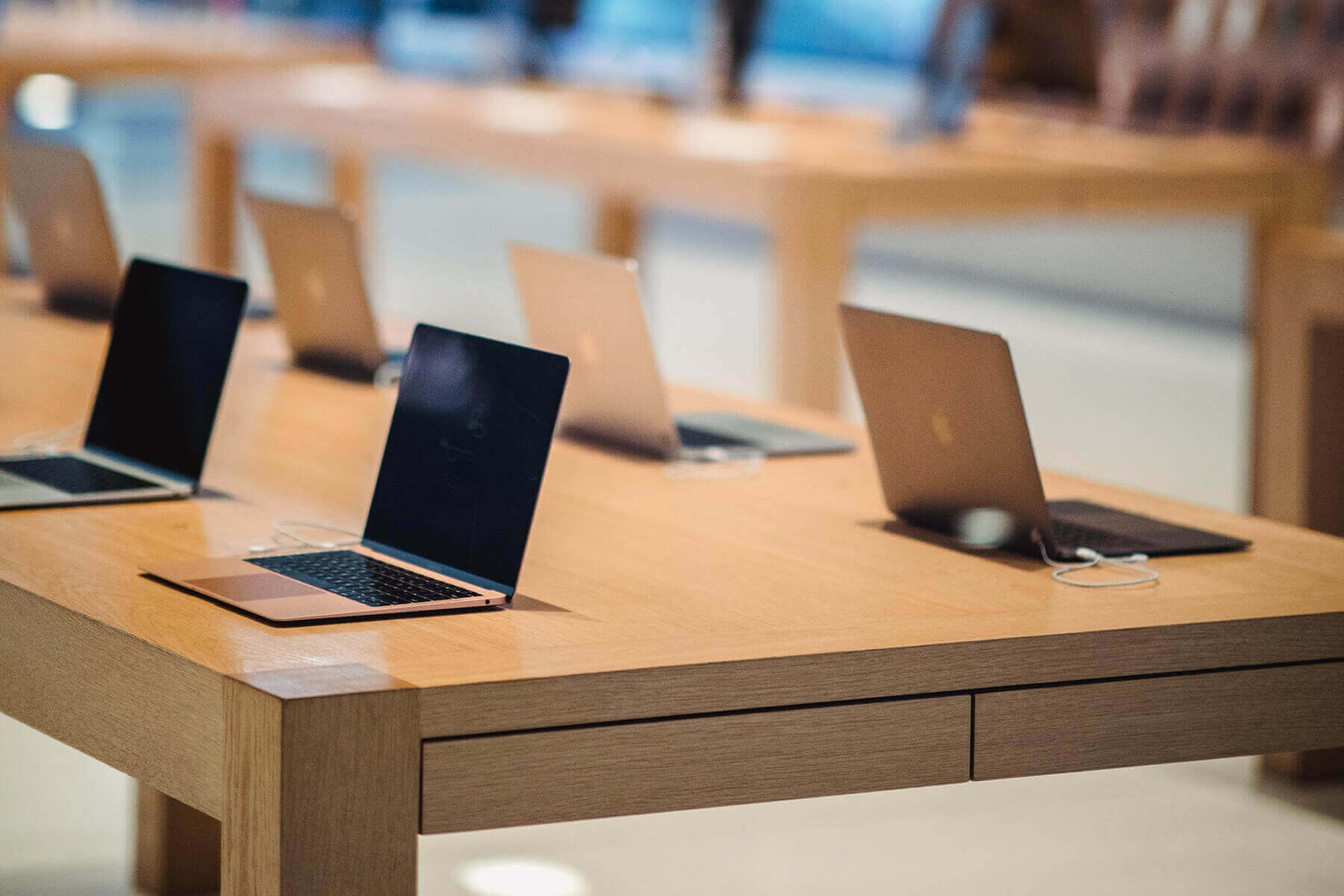Powering Your Cross-Border Promotional Campaigns
We’re not just any marketing firm – we’re promotions experts. We specialise in designing and executing global promotions in any country, so you can reach more loyal customers, sell more products, and grow your business. No matter what you sell, which languages your customers speak, or where they’re located, we can create a promotional campaign that’s tailored to your needs and budget.
Don’t devalue your products with discounts. Promotions such as cashback, gifts with purchase, and trade-ins sell your products just as well – or even better – and at full price.
Our customer satisfaction promotions will help you build trust with your customers. Empower your customers to buy with confidence, knowing their satisfaction is your number one priority.
Loyal customers are the lifeblood of any business. They’re your best customers, buy more often, and drive more sales than your average customer.


